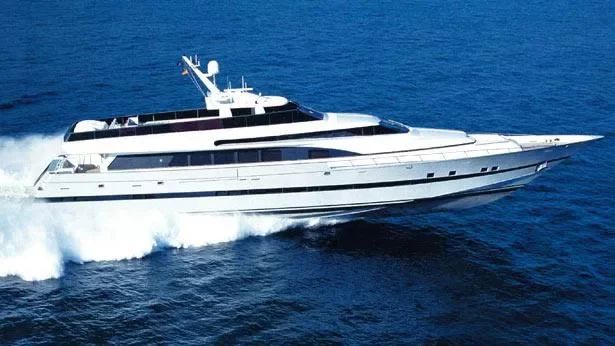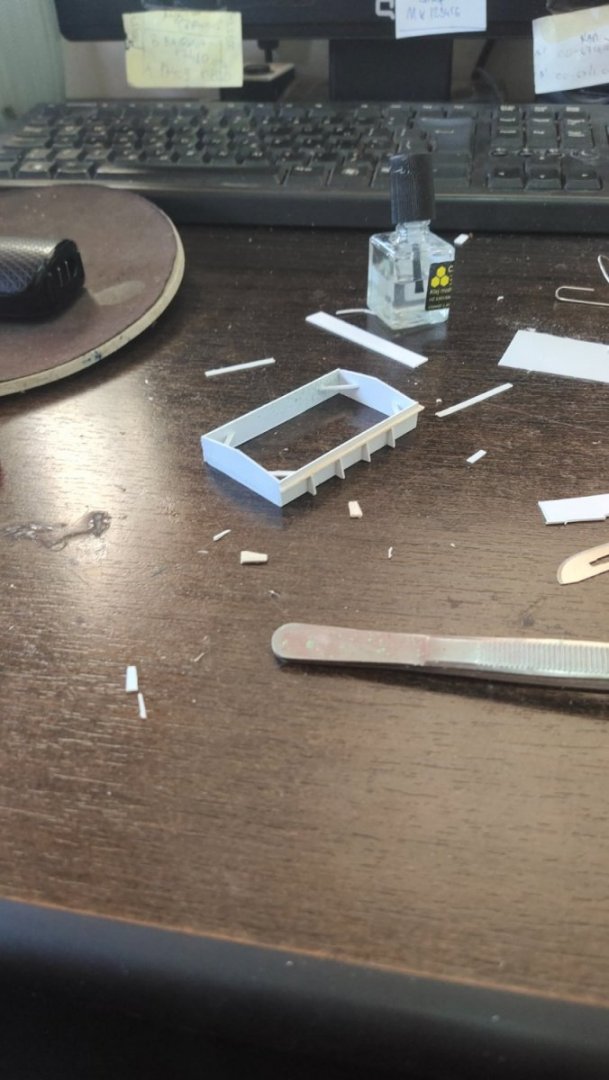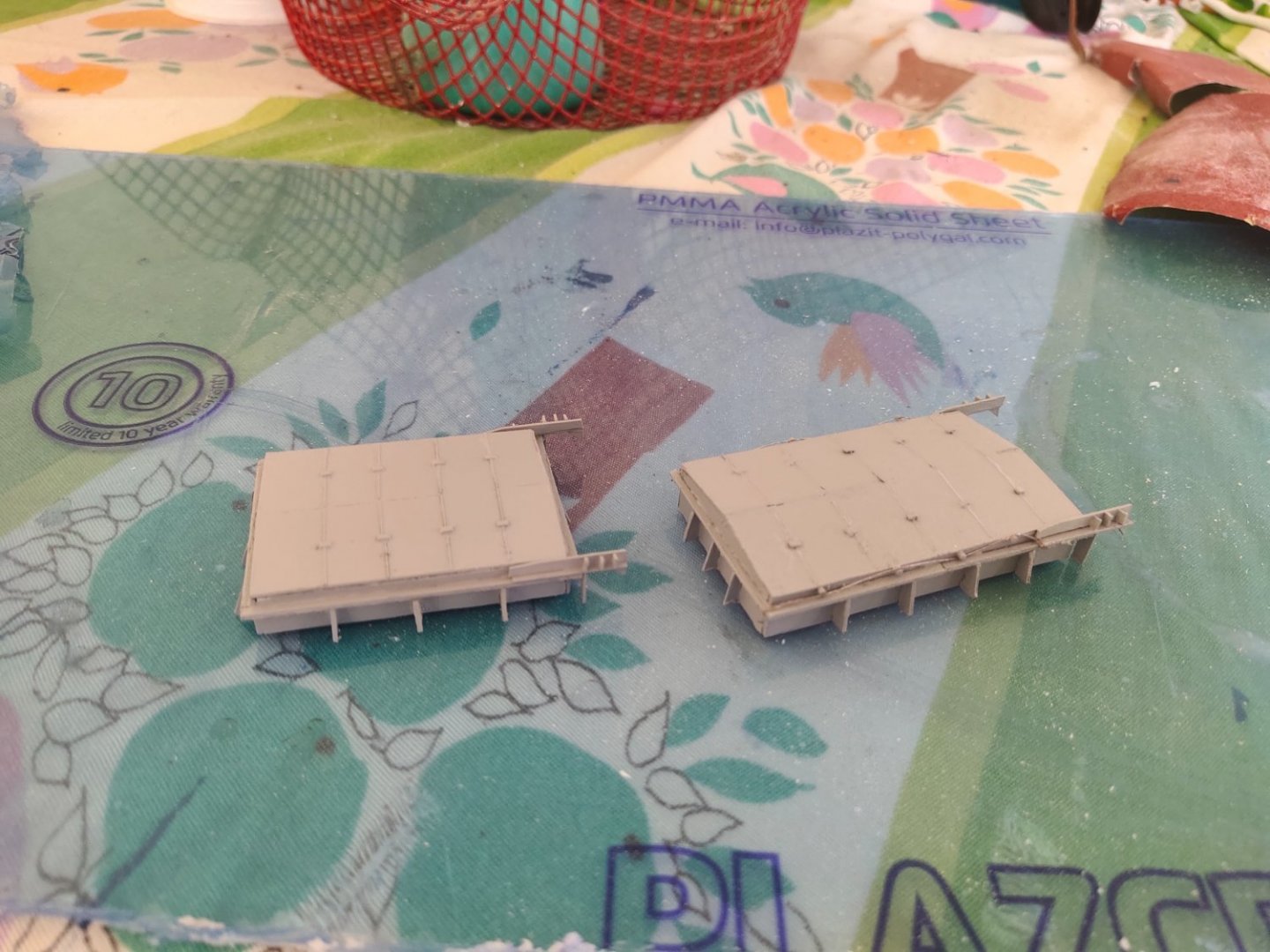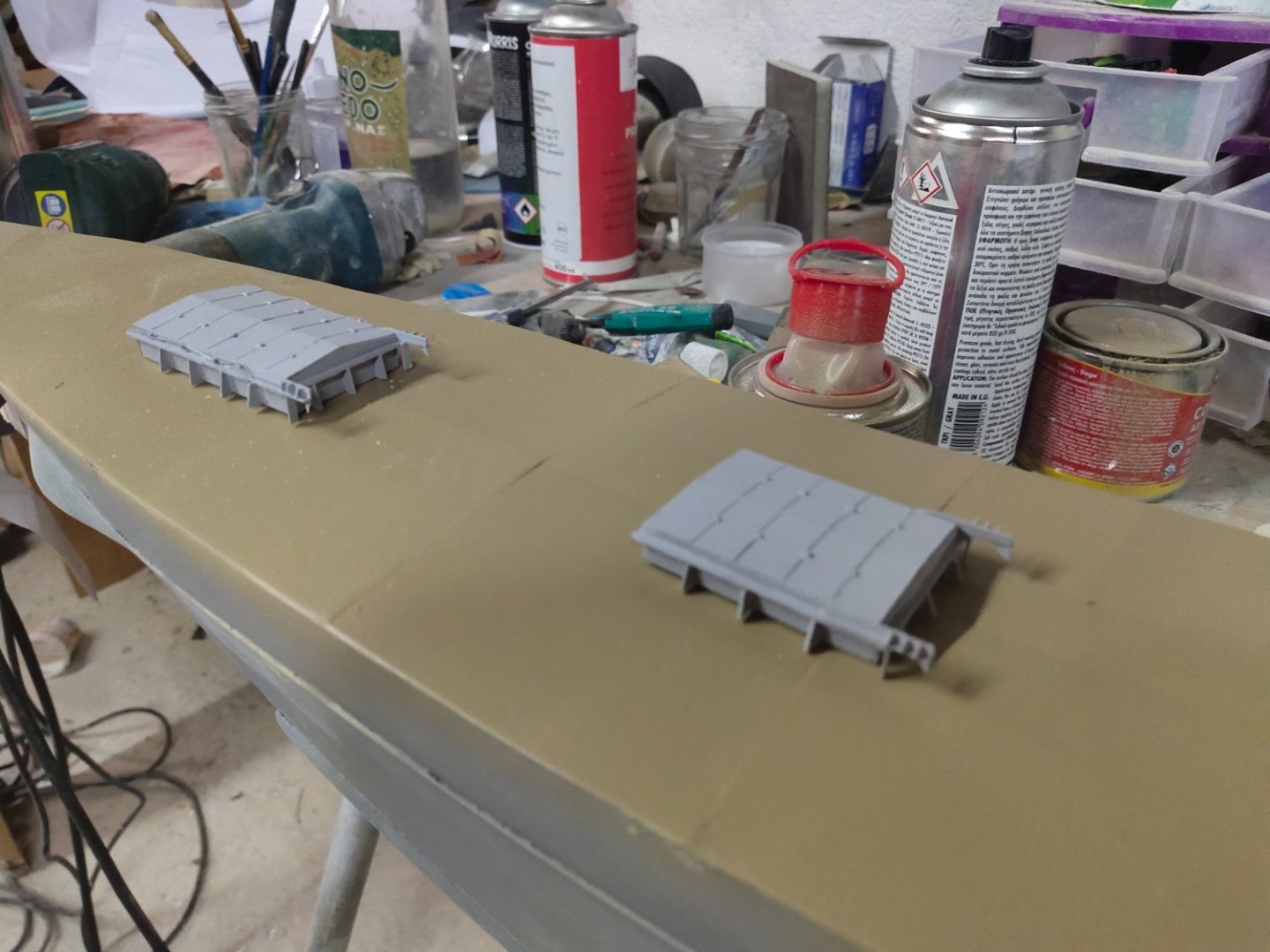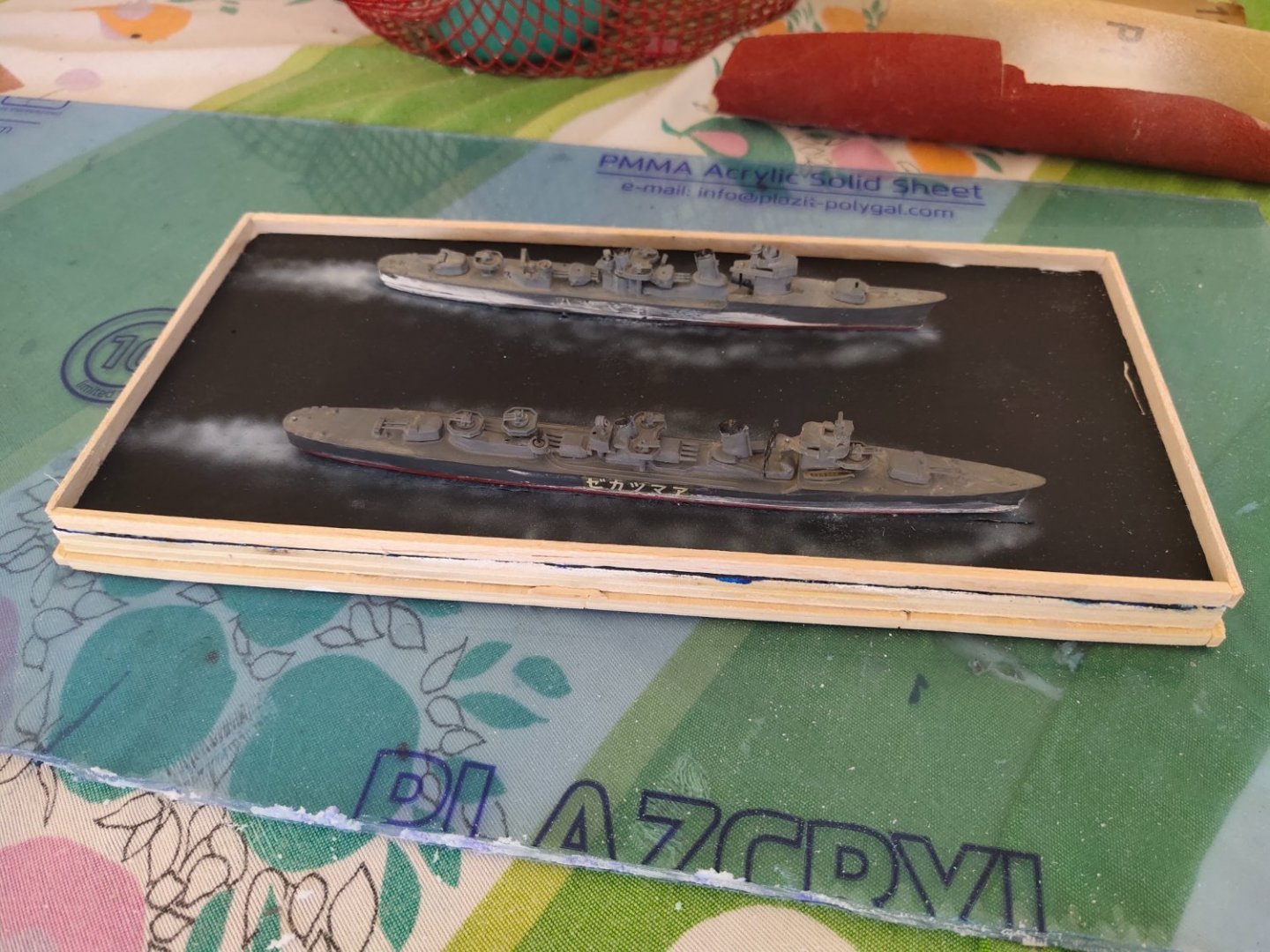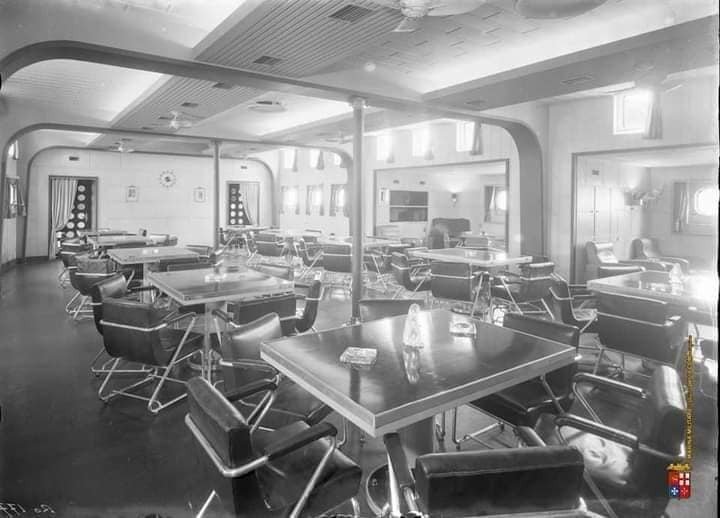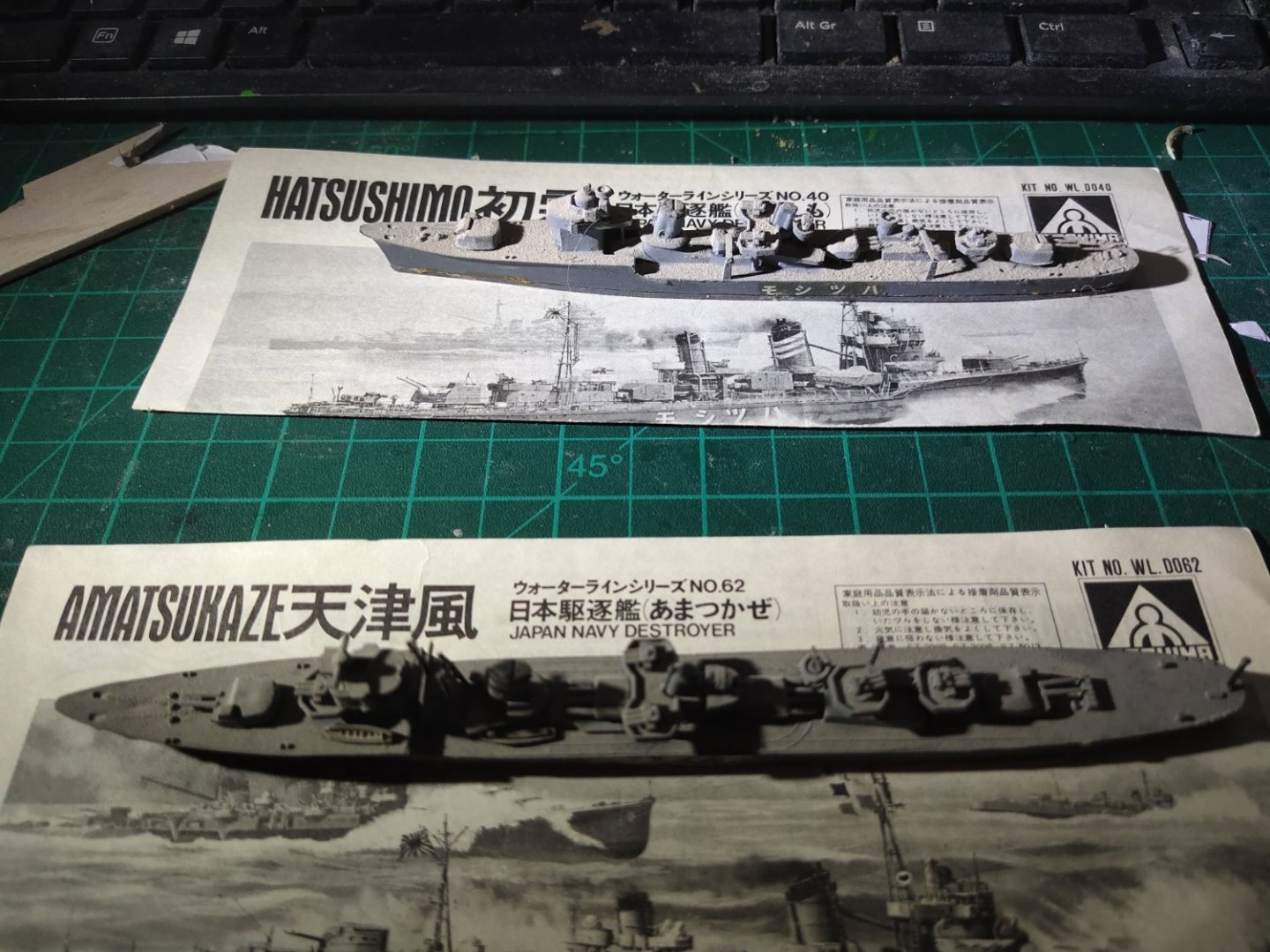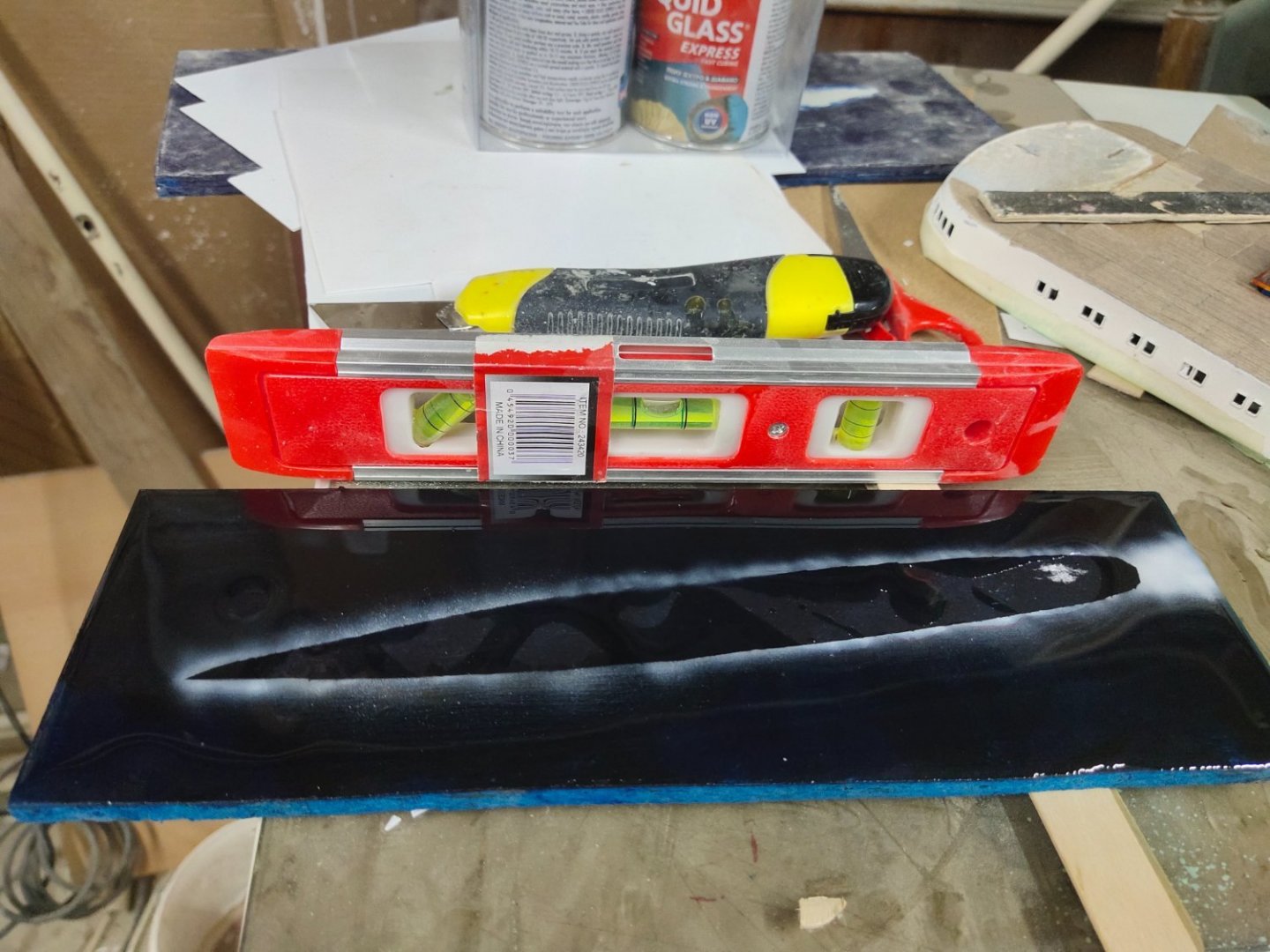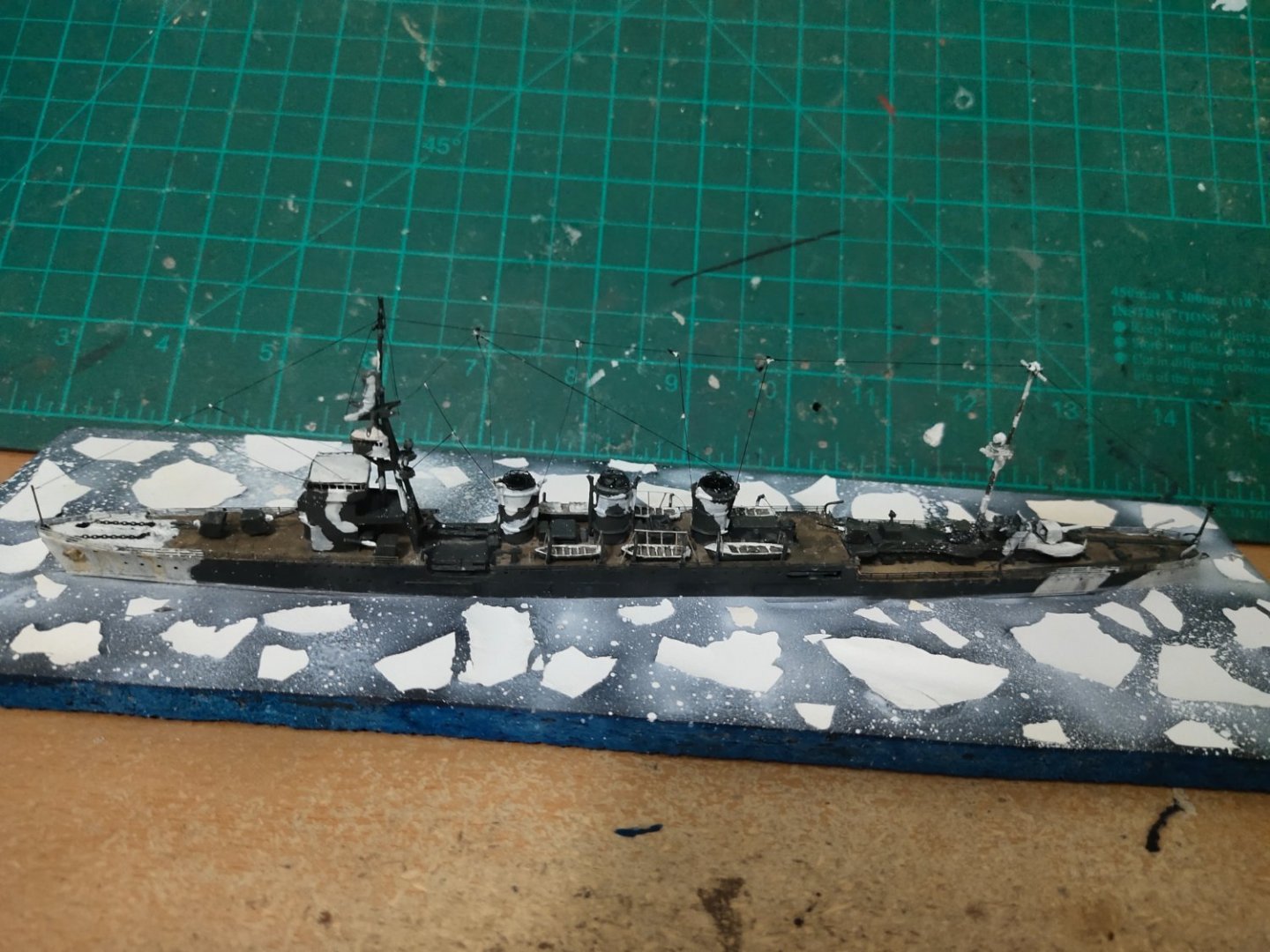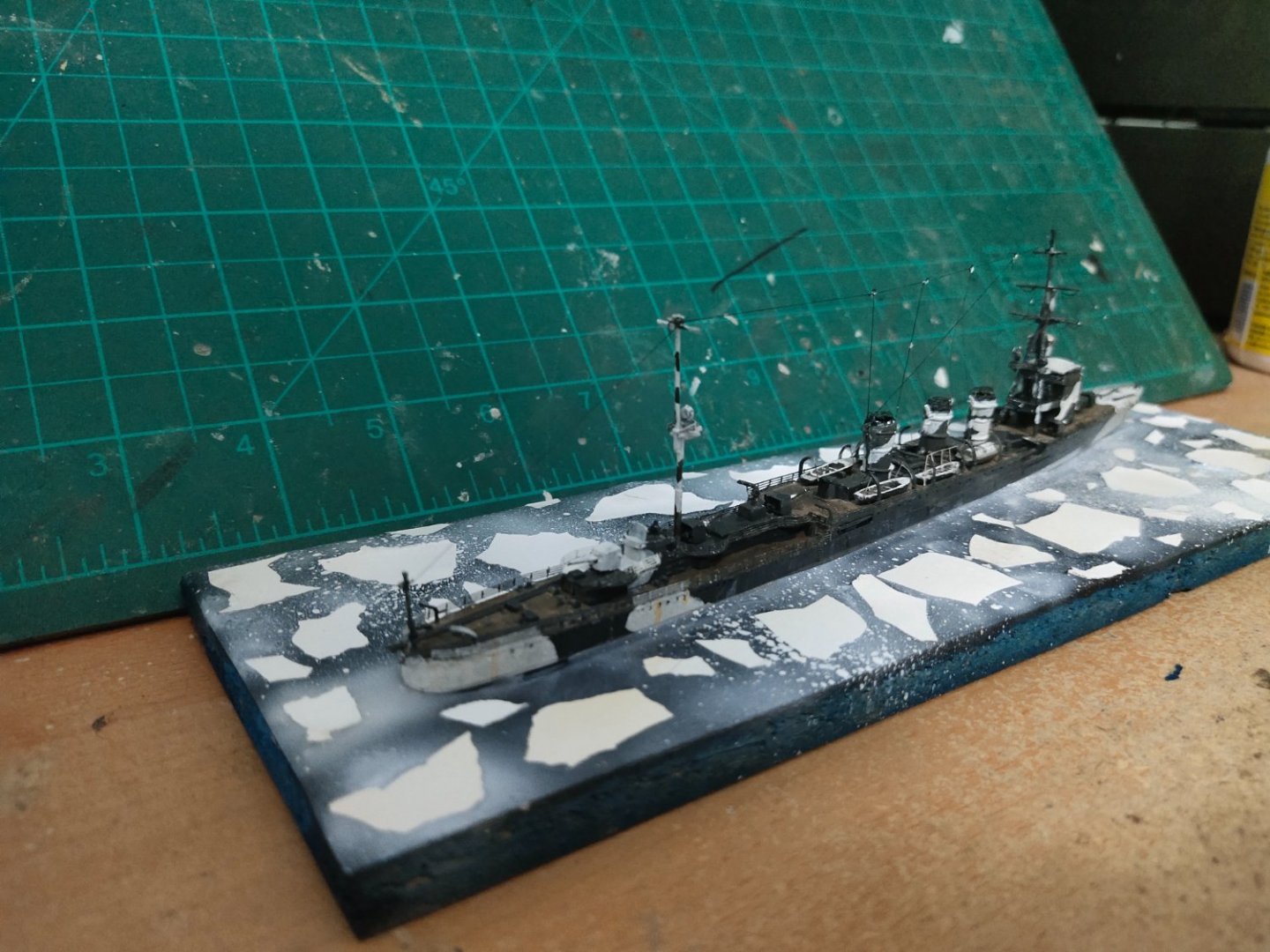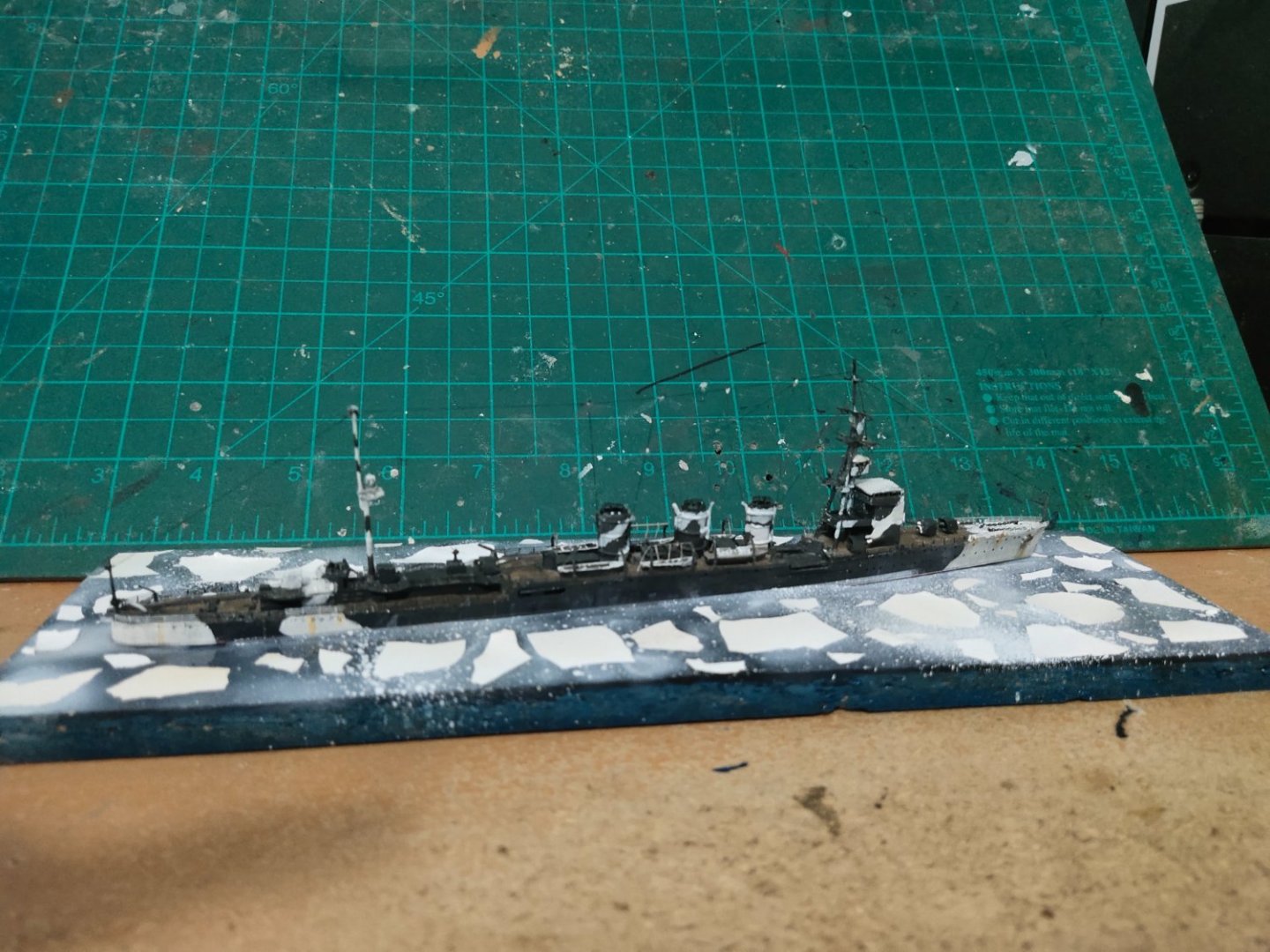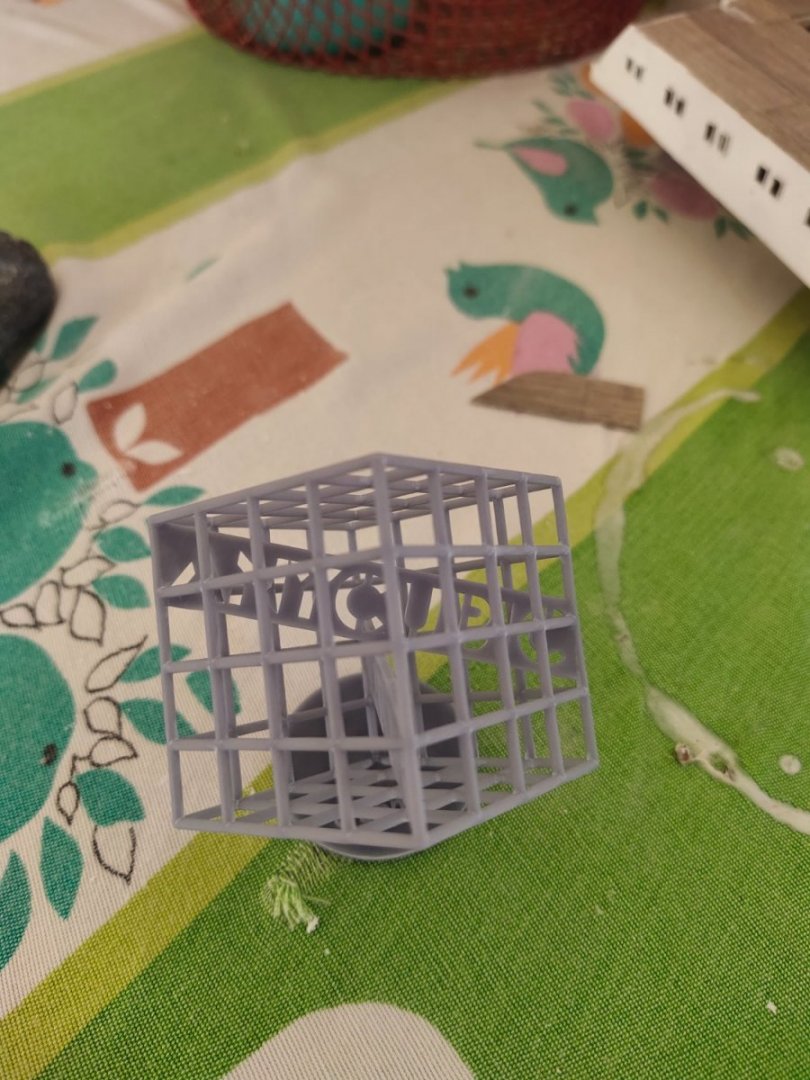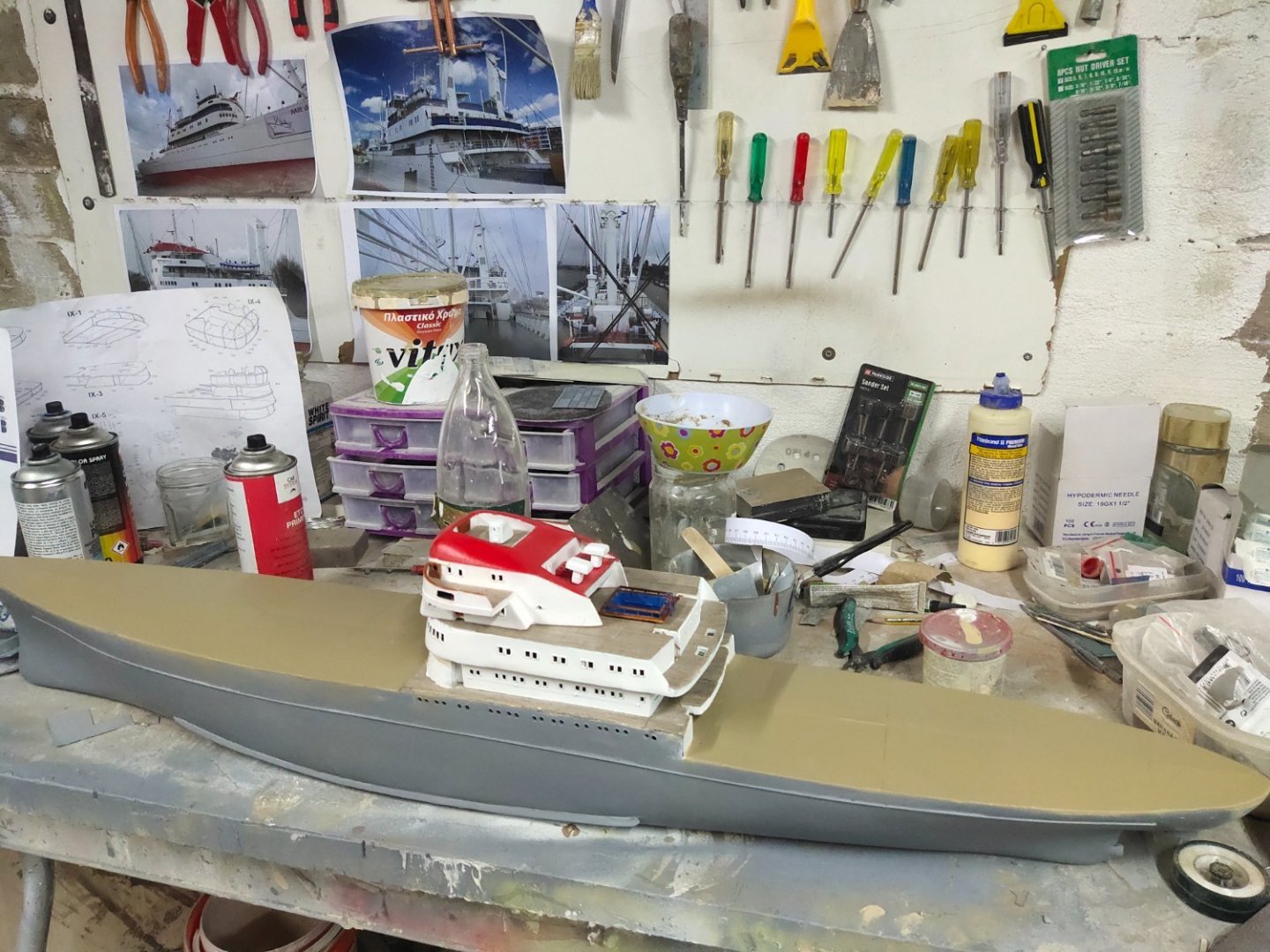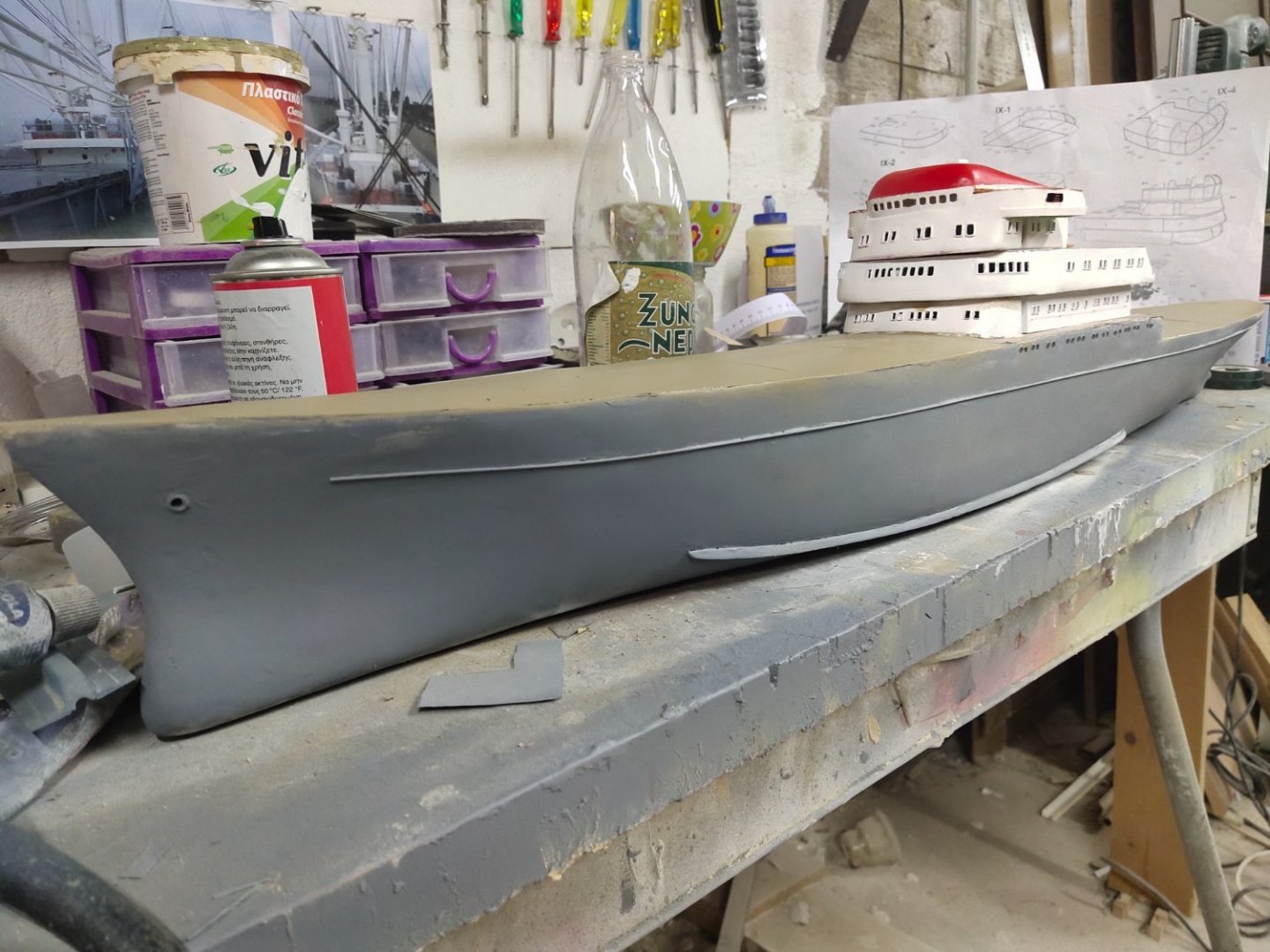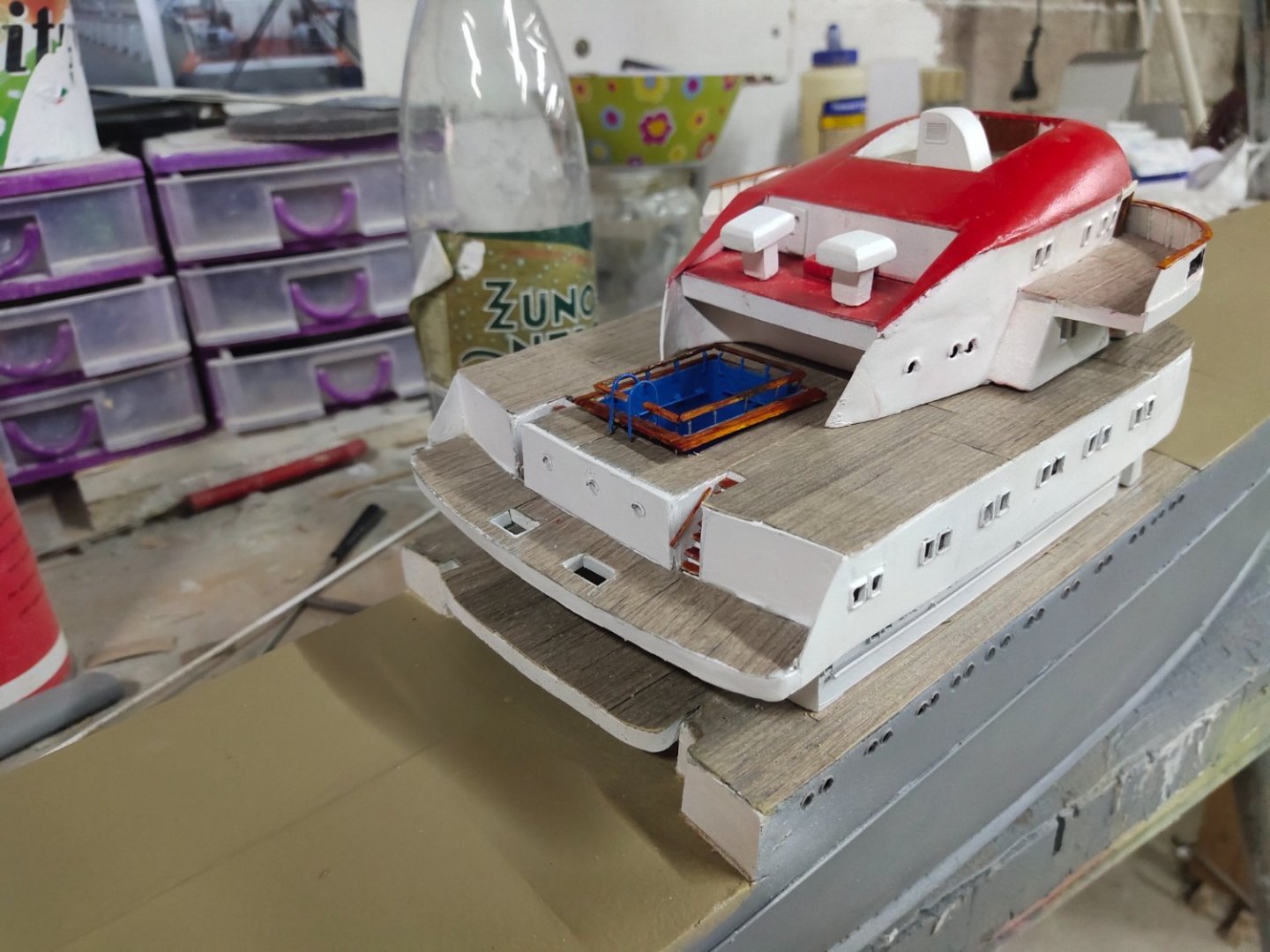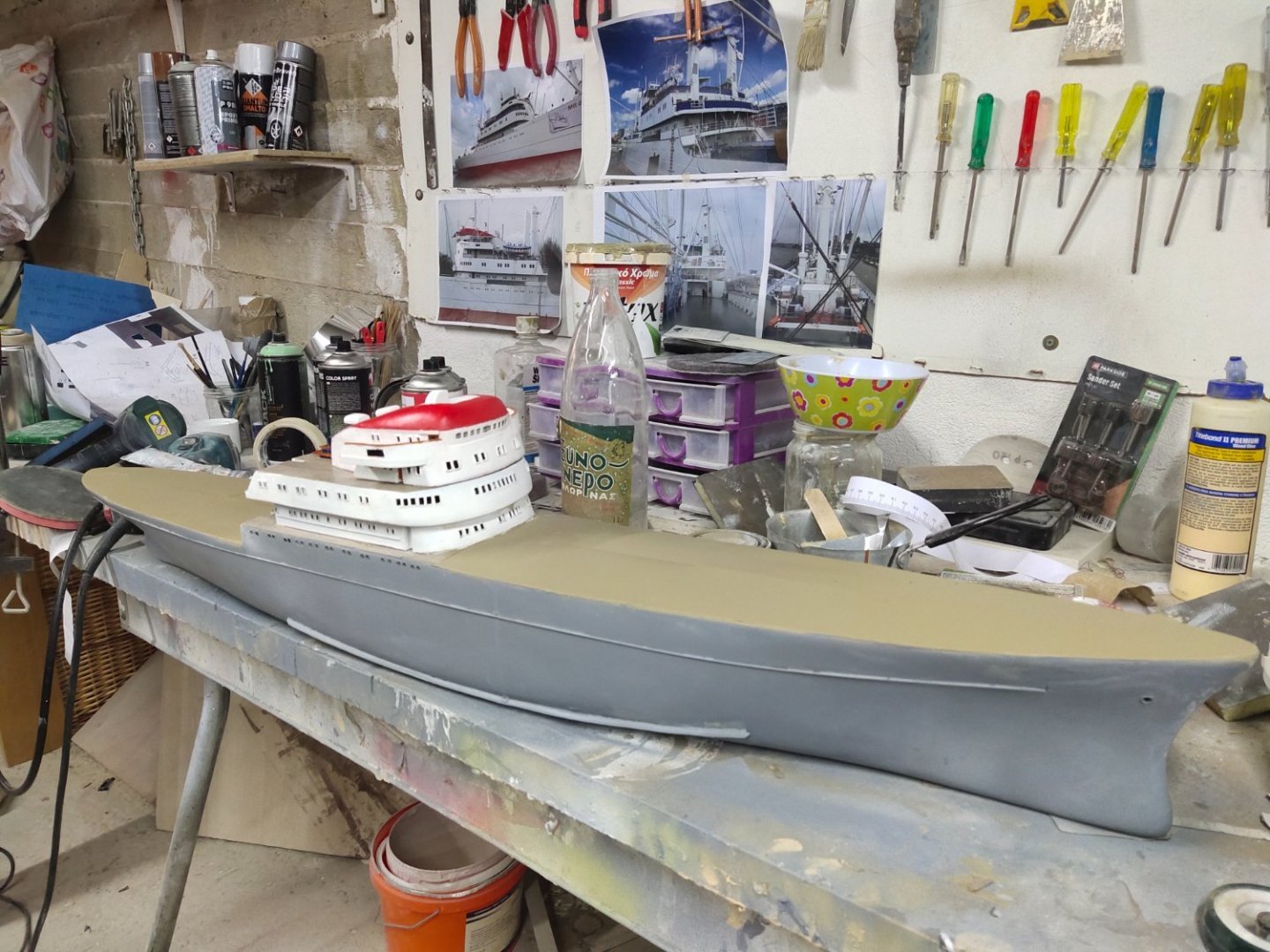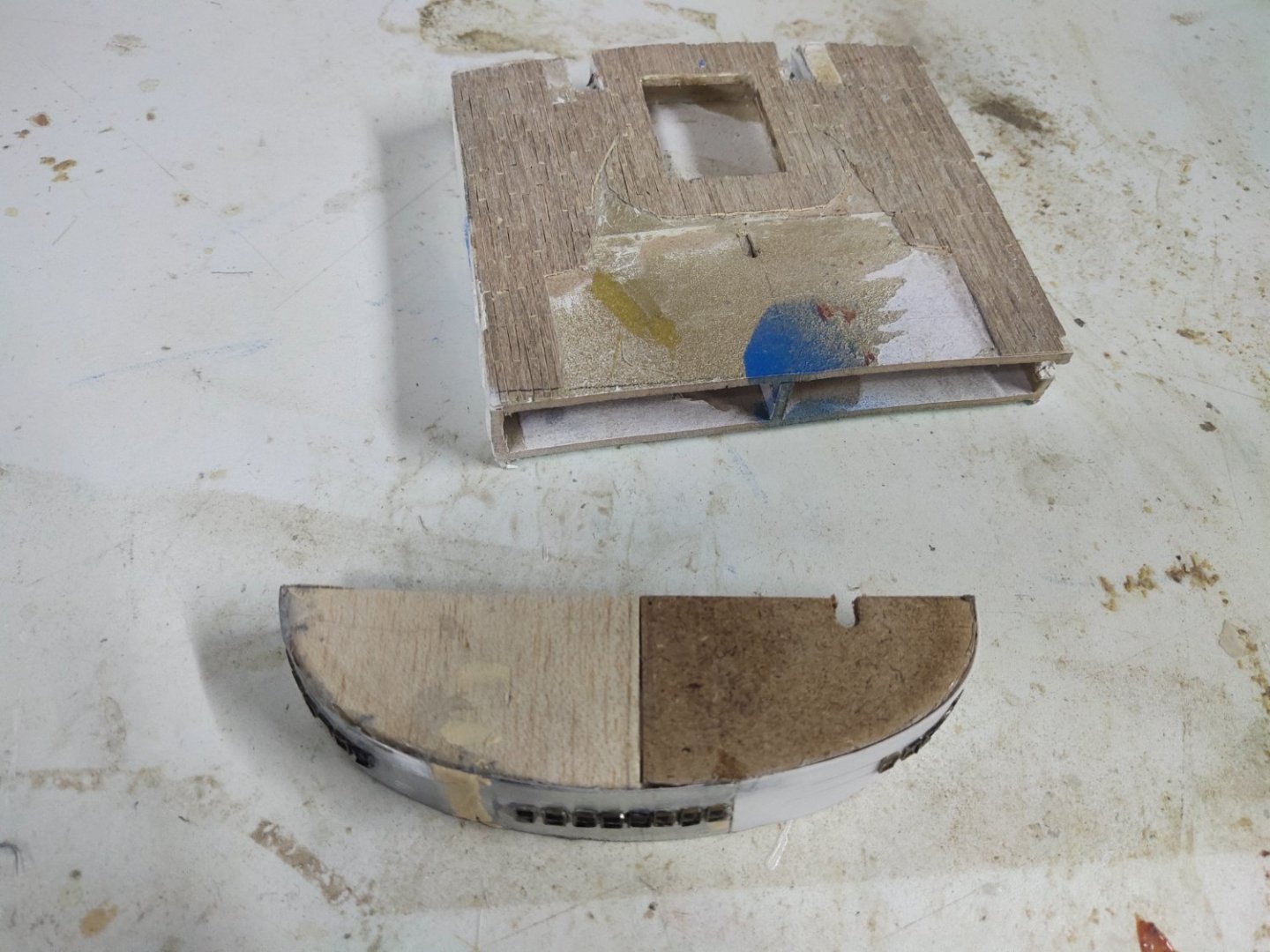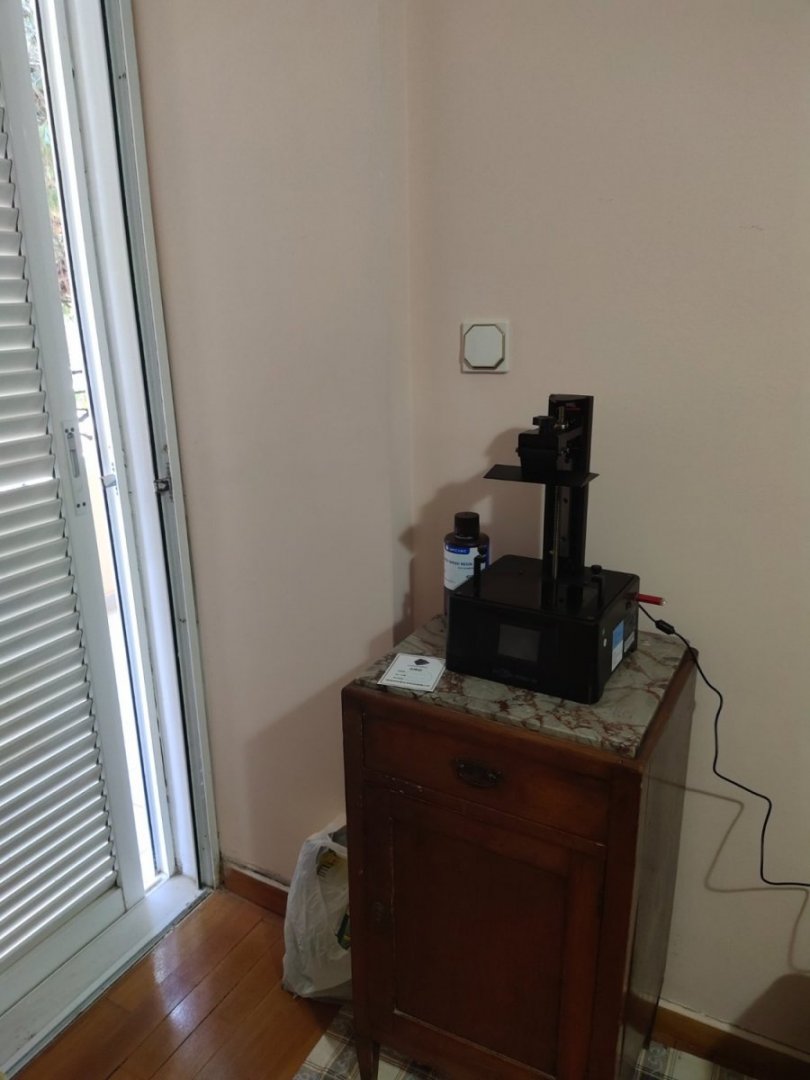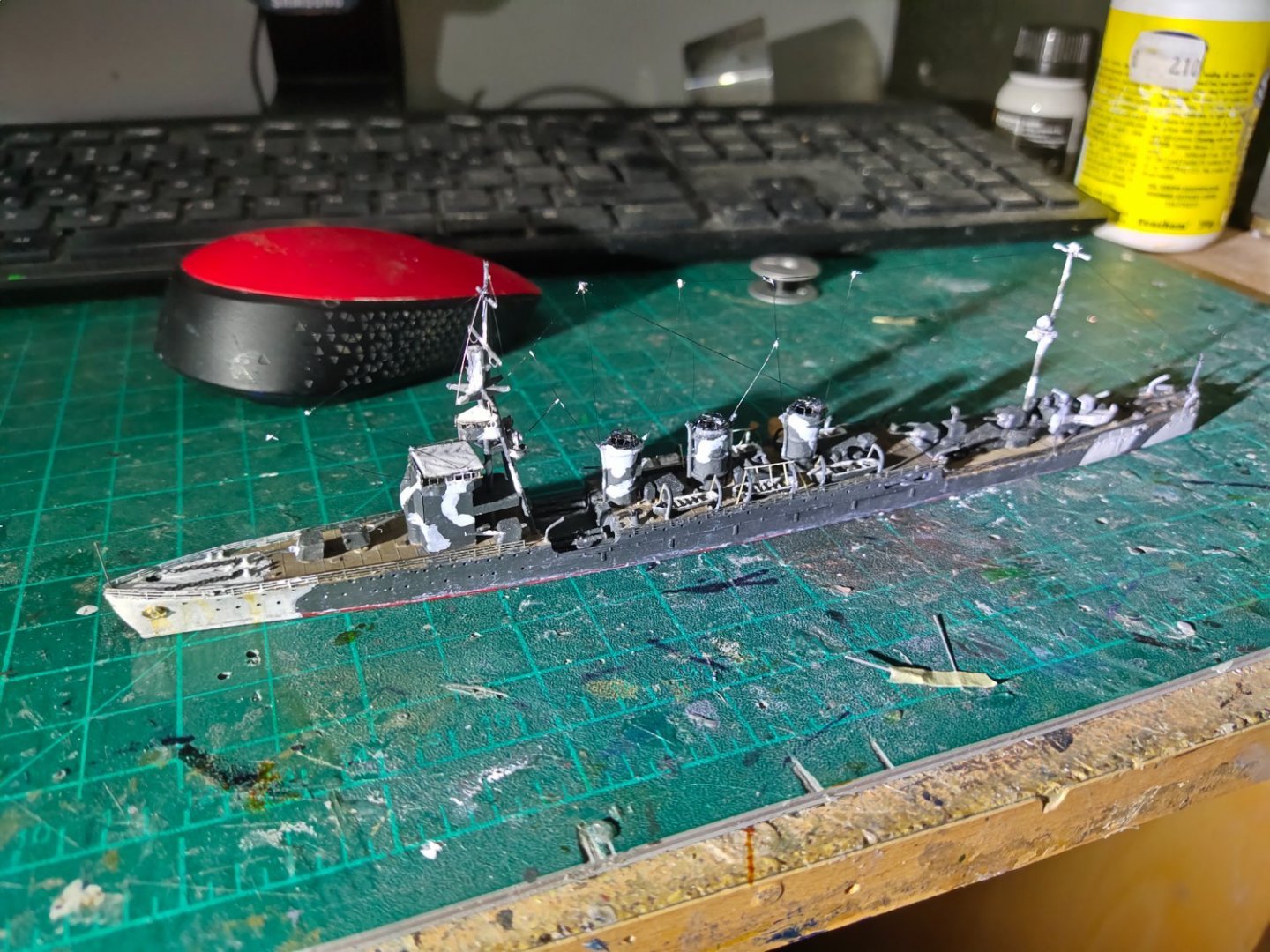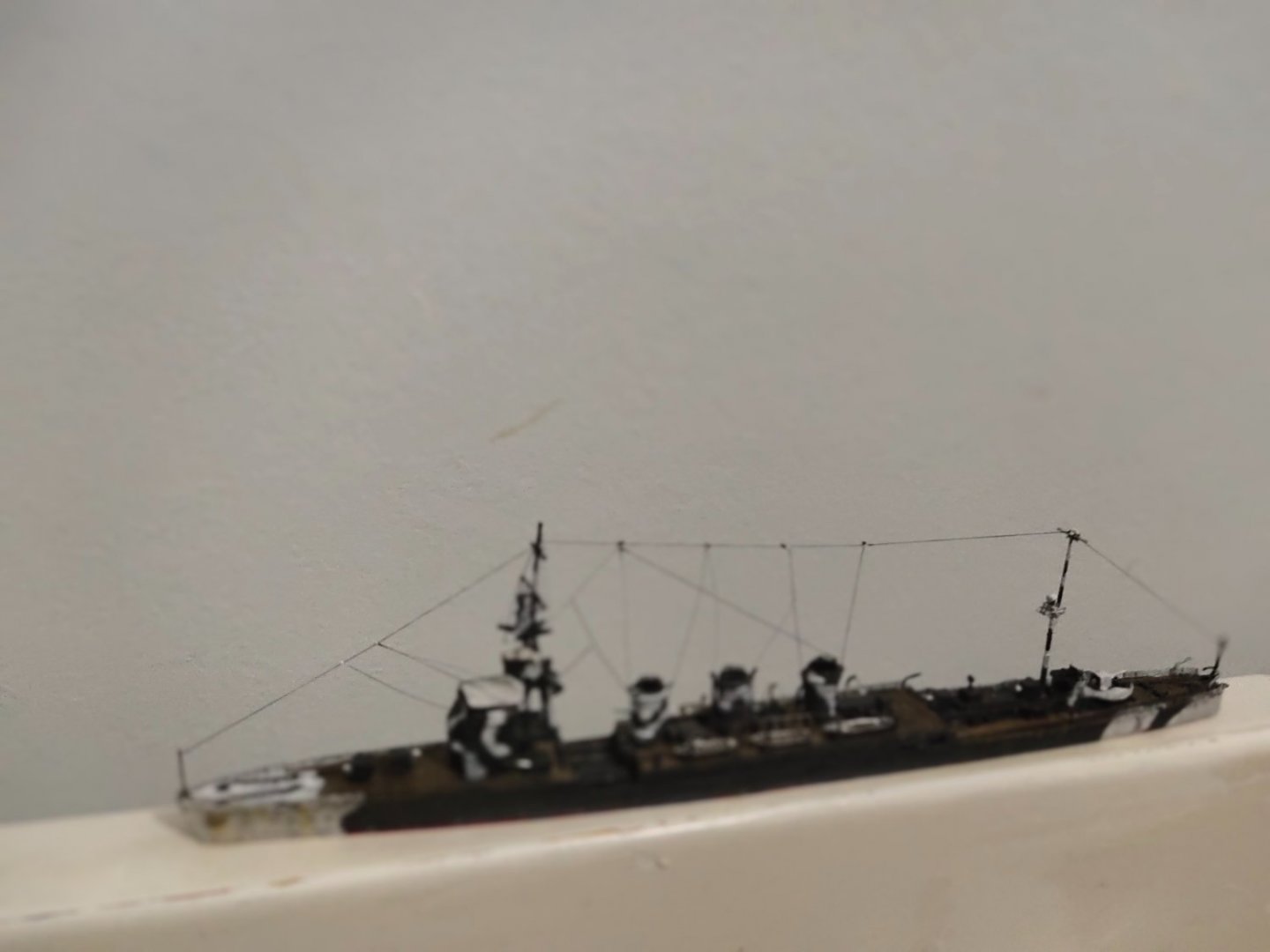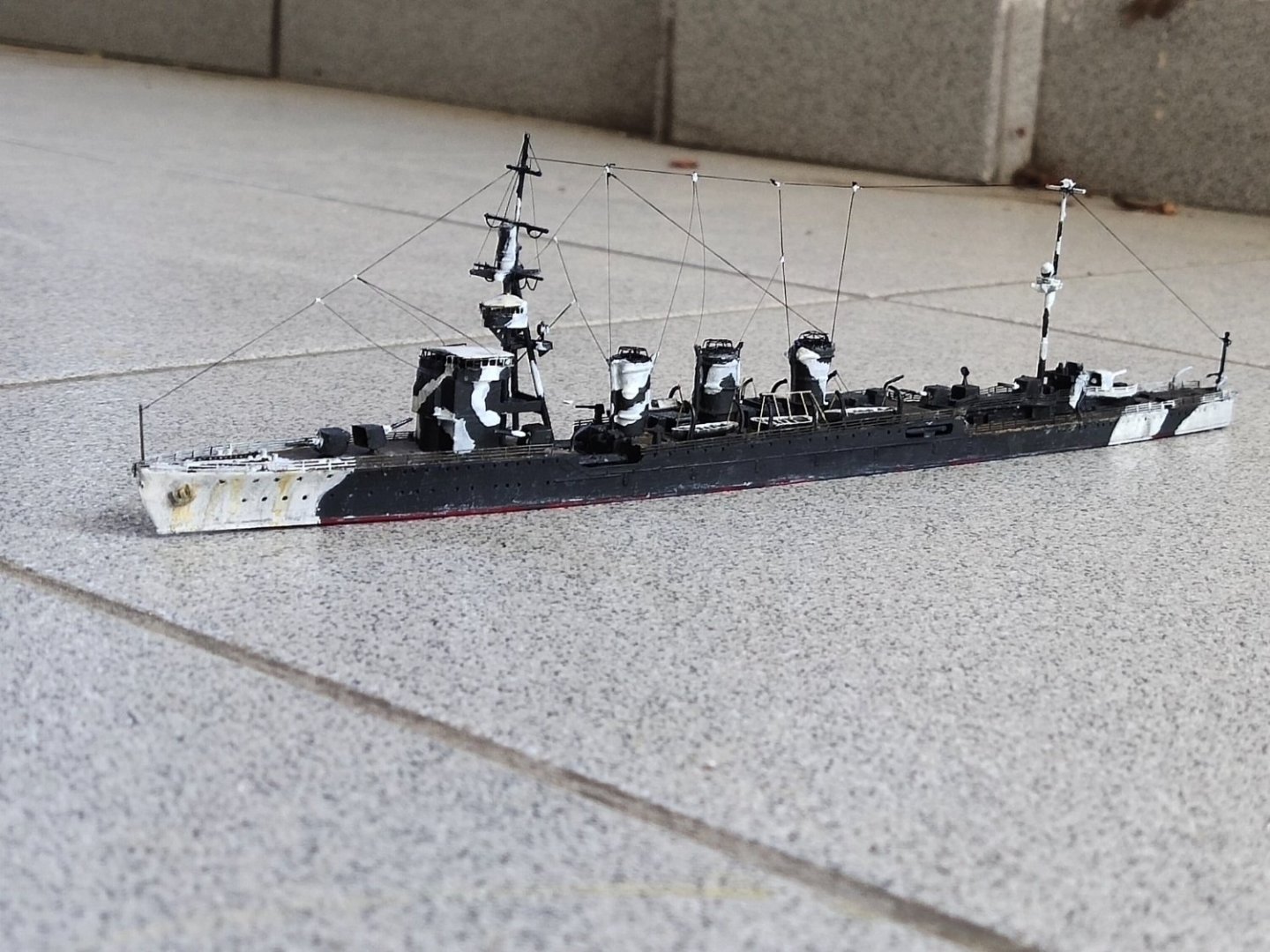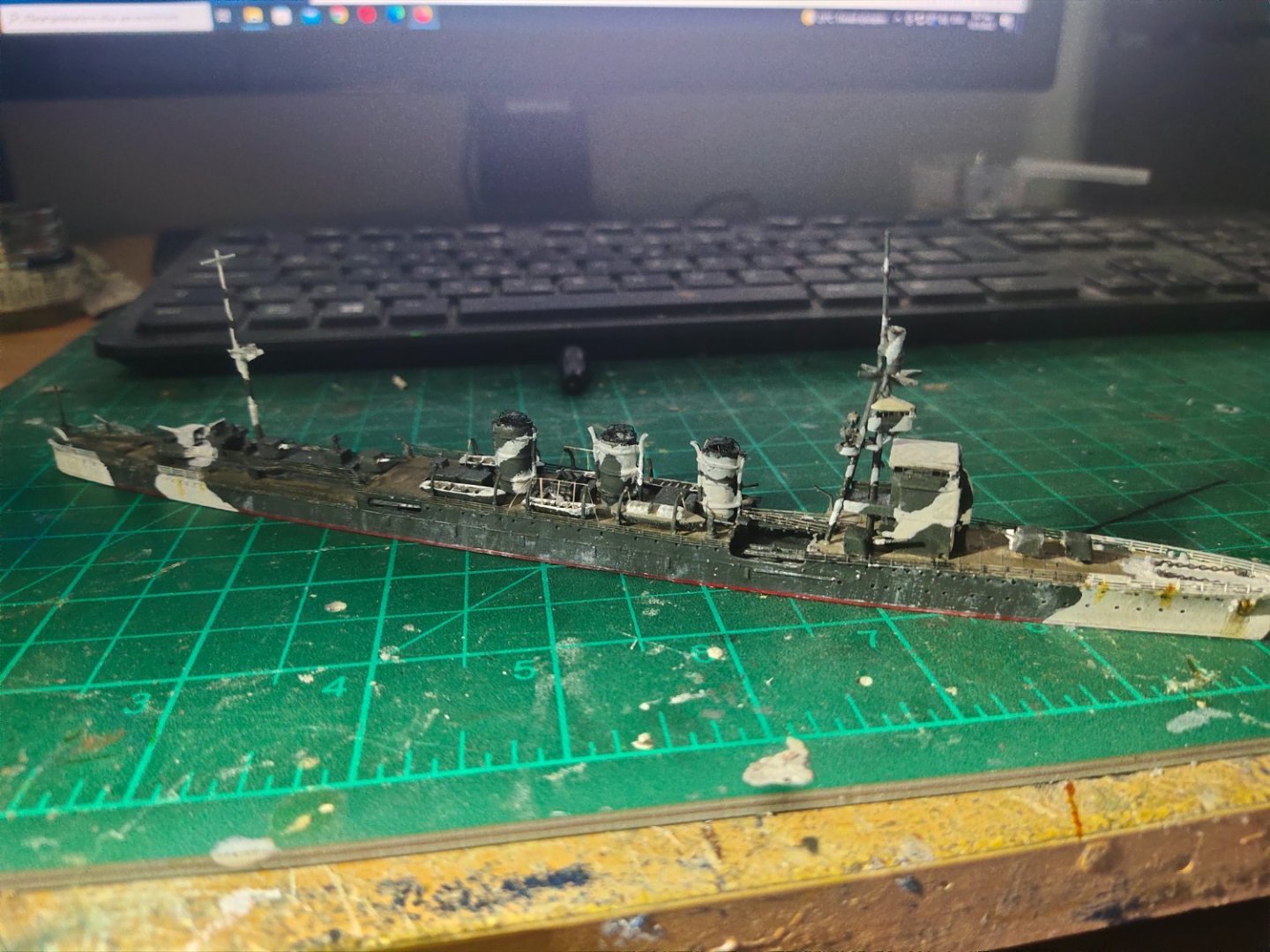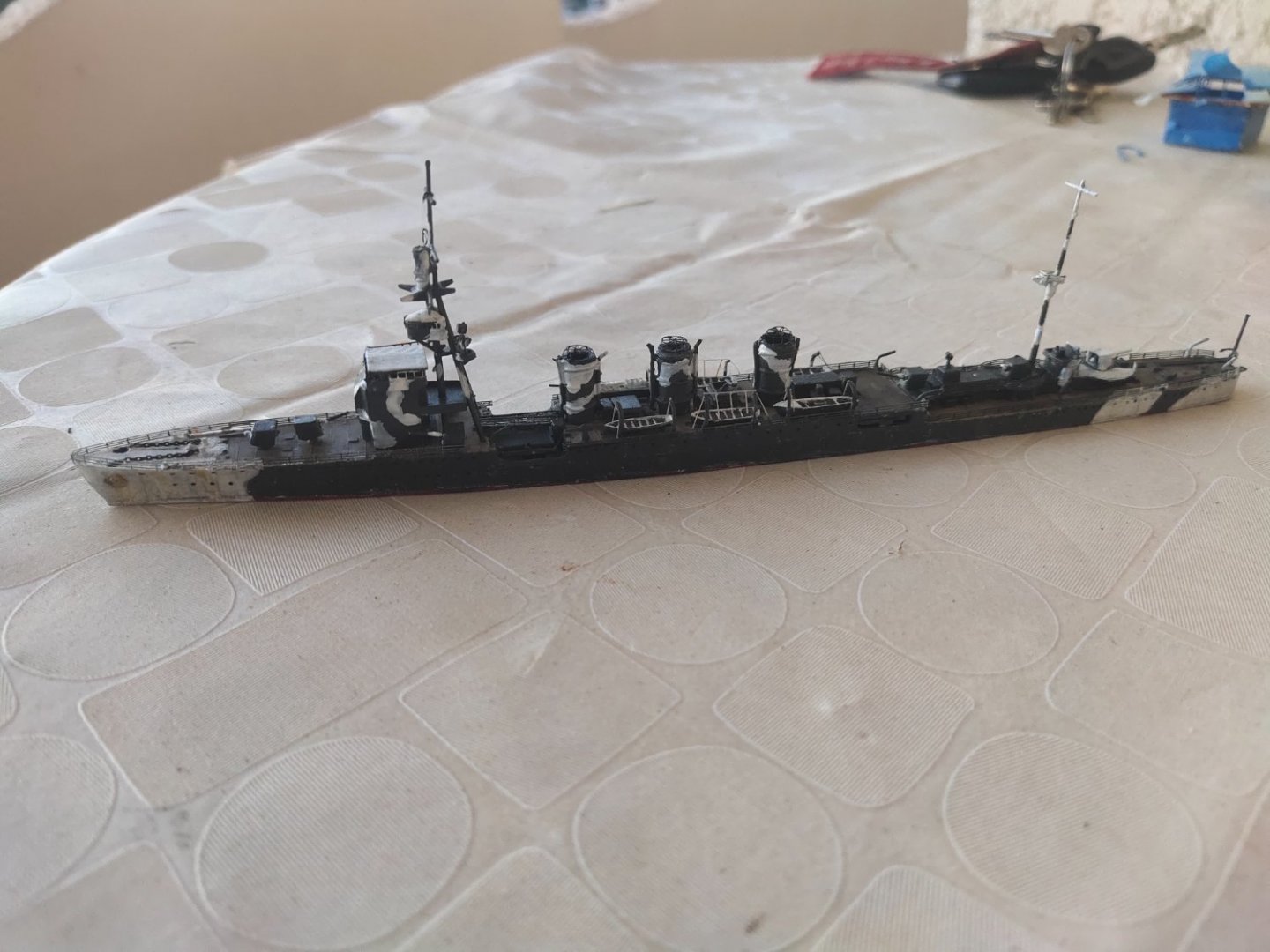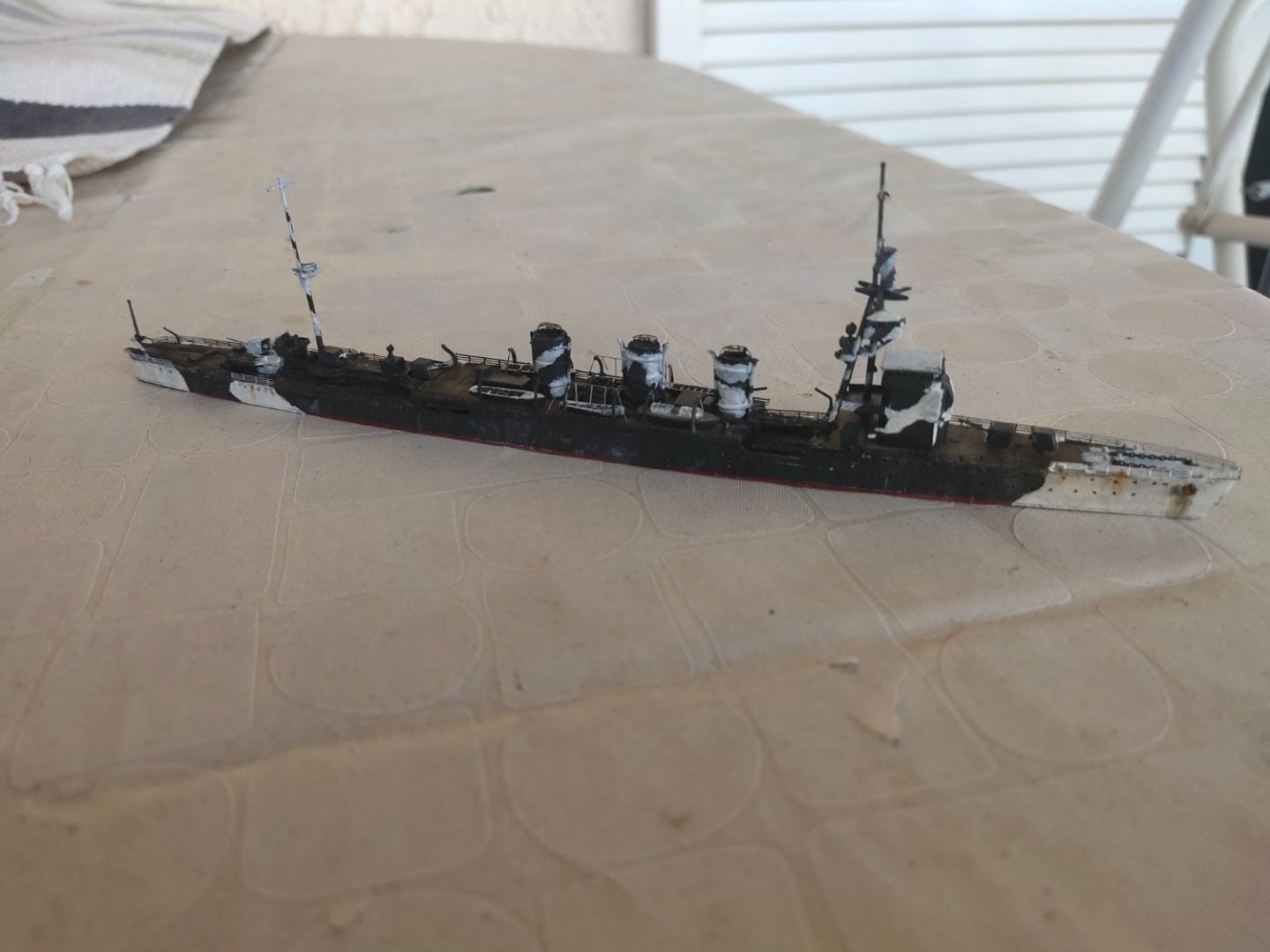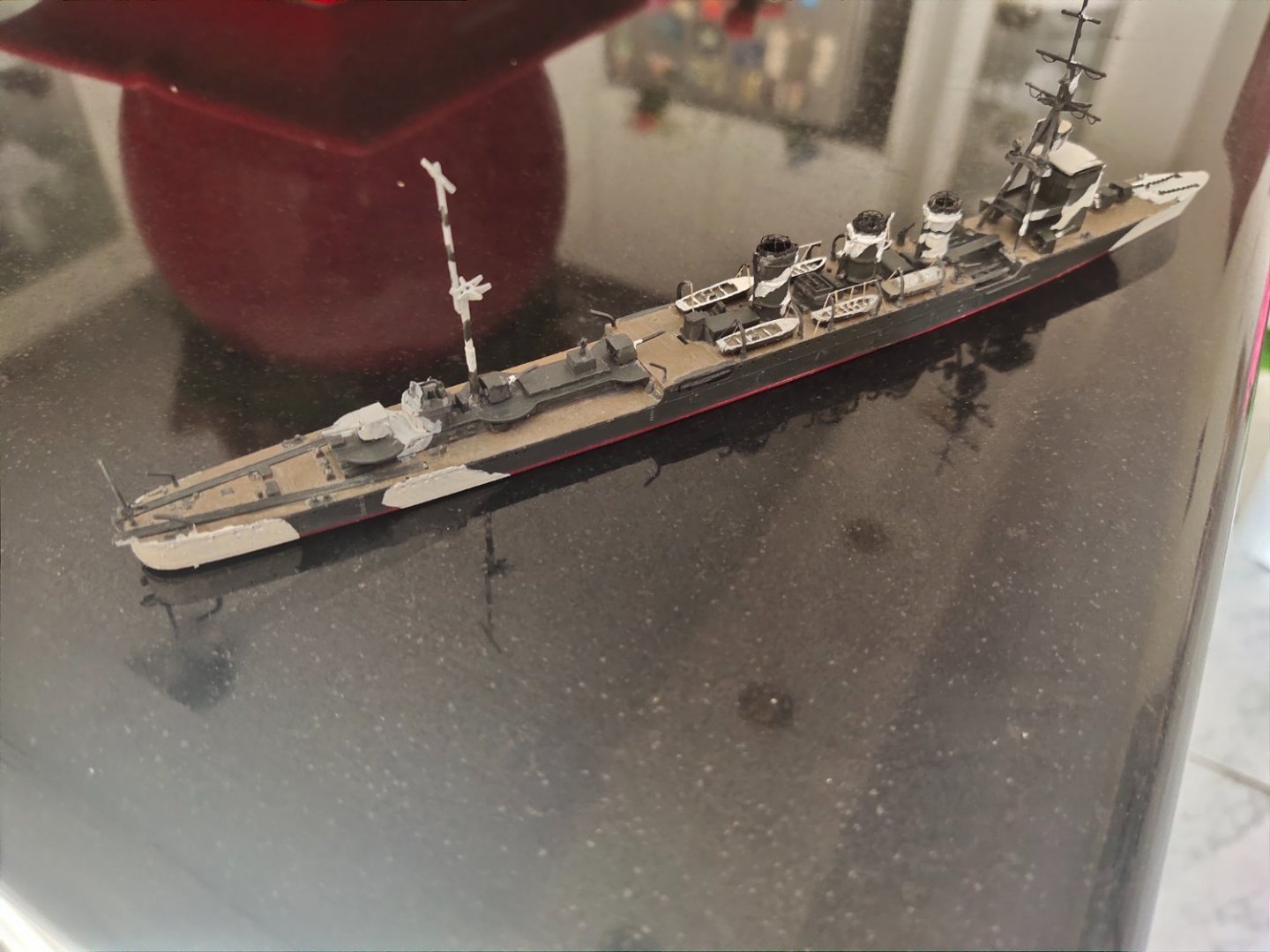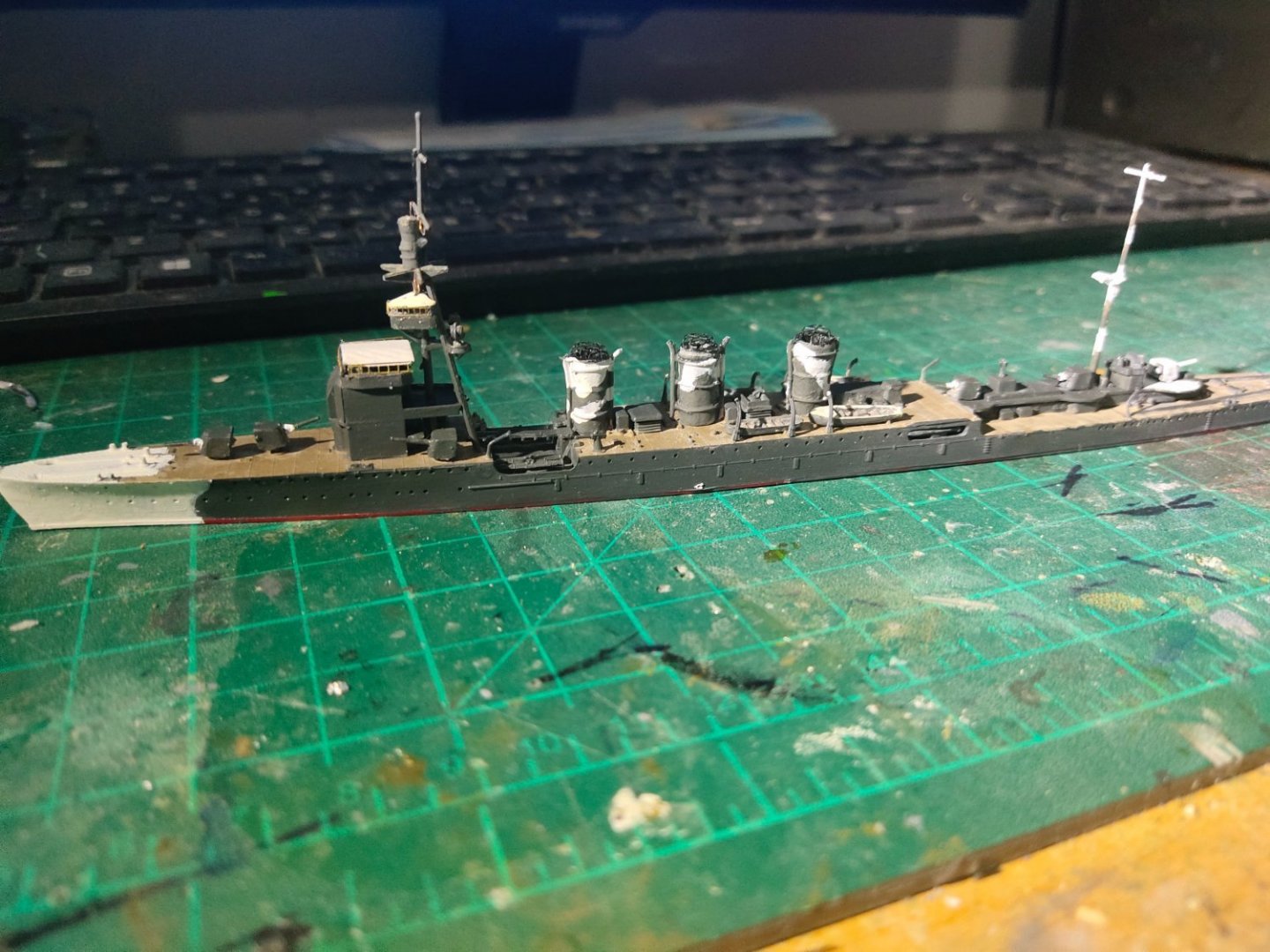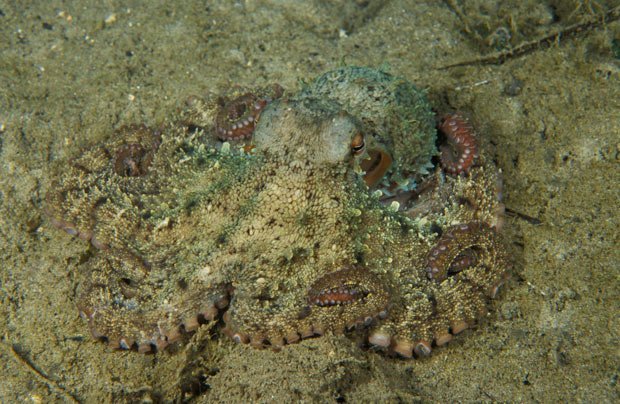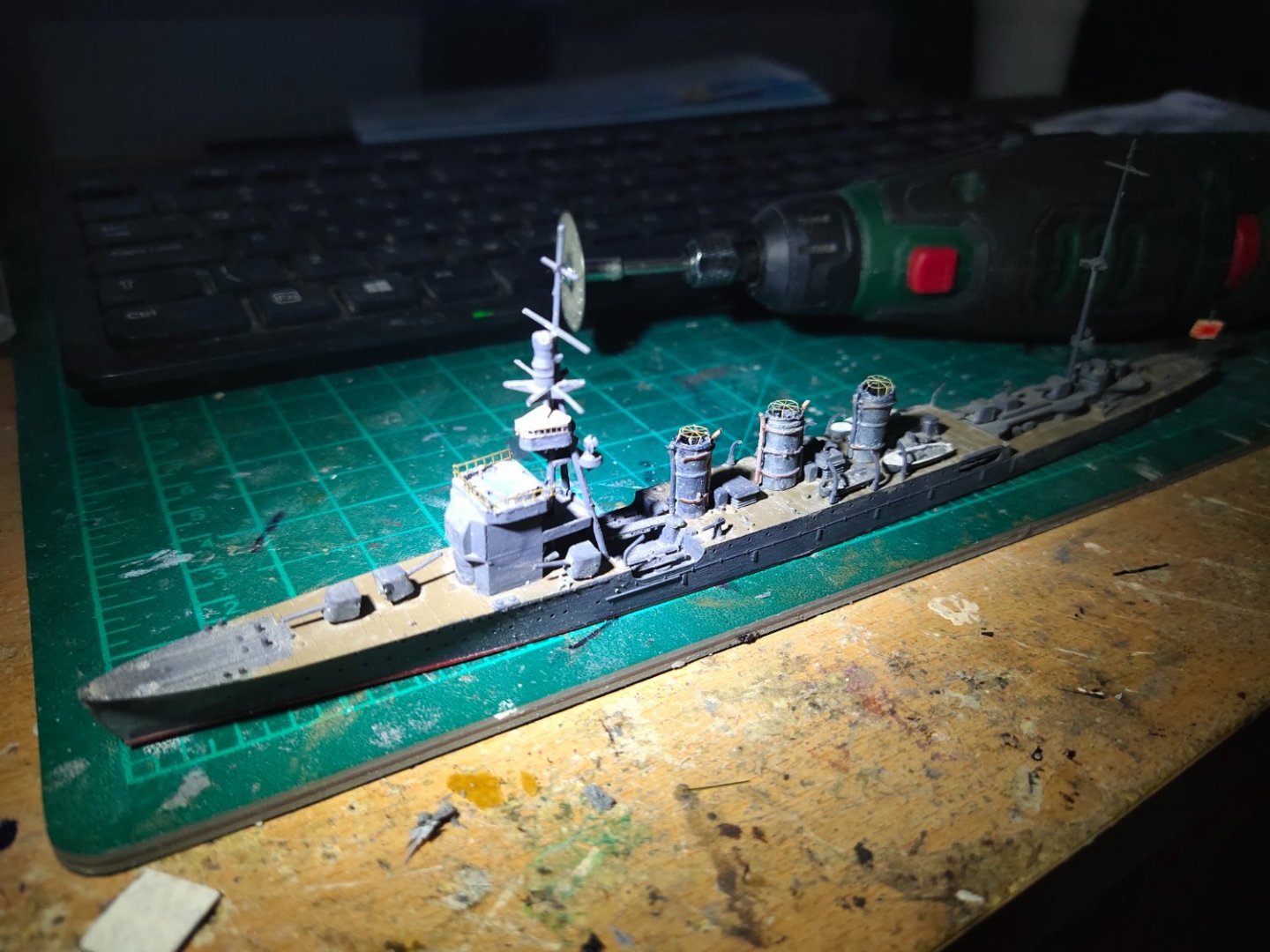
mikegr
Members-
Posts
814 -
Joined
-
Last visited
Content Type
Profiles
Forums
Gallery
Events
Everything posted by mikegr
-
Motor Yacht FONERS was Spanish built but Italian designed by Tommaso Spadolini. People used to comment it as a Sea Rolls Royce cause of the 3 RR engines. Spandolini though, considred his design more close to Ferraris as despite being 40+ meters long it could reach 70 kts. It was the fastest yacht in the world when built in 2000 and remains so until today.
- 203 replies
-
- Roma
- Micromaster
- (and 4 more)
-
Cap San Diego by mikegr - 1/160
mikegr replied to mikegr's topic in - Build logs for subjects built 1901 - Present Day
-
One of the most beloved battleships of all time. Too bad that beauty doesn't come along with performance always. But this does not prevent us to be romantic. Some pics of the interior
- 203 replies
-
- Roma
- Micromaster
- (and 4 more)
-
Not sure how you want to do it but making a hull deeping in resin without previous experience working with it , its a really tricky business.
-
I Would probably have to build several projects before become an expert but thanks for mentioning my name as a helpful hand to other members
-
So time for the sea bed. Took a piece of wood, painted it accordingly and covered with a thin layer of express curing resin, just to get a shiny and sticky surface Then I added the snow packs. I simply scrapped off some old paint, crushed with hummer and added to the resin. Then I used airbrush to paint the white fog over water. Finally to make ice bits I came up with the idea of using white spray with "snow effect" cap on it. Unfortunately after almost resin cured some "ice pieces" were curled cause of the thermal effect. I tried to correct it but had limited success, a lesson learned for the next time. The cutting board set on background maybe help you spot Kiso with the stealth ice camouflage.😁
-
I tested my Anycubic Mono 4K today. In short its a budget version of the standard mono with more plastic and no fan but a 4K resolution. I only printed the sample file following the set up instructions. There was no smell at all with box on top. I have put the printer close to balcony , while aluminum window protecting it from the sun
-
Cap San Diego by mikegr - 1/160
mikegr replied to mikegr's topic in - Build logs for subjects built 1901 - Present Day
I was eager to post this weekend so spend most of the time working. Upper deck was restarted except from the front part which was cut from the old part and attached to the new one. Again the deck proved too long. That means there is an obvious error on plans. So I cut the piece in half, removed about a 1,5 cm long section and joined the remaining sections together. Seems I'm good on this task. Maybe I should try lengthen/shorten a hull in the future lol. After rebuilding the upper deck I have restarted the whole project by 90%. I need to make some improvement and fitting corrections but I wanted to shoot it today. It seems the model its getting in shape. More micro work will be involved in the future and the progress will be slower and painful. Thus I got a new friend. -
The reason I bought Italery is because of the Italery kit. Its a B-58 which means metallic color painting is a crucial job. But at the time only one code was available to buy. So I look alternatives too. One company I consider is Green Stuff World but I never tried their products https://taleofpainters.com/2019/04/review-green-stuff-world-metal-colors/
-
from what i researched this model in order to save cost it not only comes with full of plastic but laos hasn't any fans so good ventilation would be required It is generally proffered to use manufacture's resin although its not a rule. Watched a long anycubic review on you tube, a guy had several print results by just changing lubricant on the axle
About us
Modelshipworld - Advancing Ship Modeling through Research
SSL Secured
Your security is important for us so this Website is SSL-Secured
NRG Mailing Address
Nautical Research Guild
237 South Lincoln Street
Westmont IL, 60559-1917
Model Ship World ® and the MSW logo are Registered Trademarks, and belong to the Nautical Research Guild (United States Patent and Trademark Office: No. 6,929,264 & No. 6,929,274, registered Dec. 20, 2022)
Helpful Links
About the NRG
If you enjoy building ship models that are historically accurate as well as beautiful, then The Nautical Research Guild (NRG) is just right for you.
The Guild is a non-profit educational organization whose mission is to “Advance Ship Modeling Through Research”. We provide support to our members in their efforts to raise the quality of their model ships.
The Nautical Research Guild has published our world-renowned quarterly magazine, The Nautical Research Journal, since 1955. The pages of the Journal are full of articles by accomplished ship modelers who show you how they create those exquisite details on their models, and by maritime historians who show you the correct details to build. The Journal is available in both print and digital editions. Go to the NRG web site (www.thenrg.org) to download a complimentary digital copy of the Journal. The NRG also publishes plan sets, books and compilations of back issues of the Journal and the former Ships in Scale and Model Ship Builder magazines.

